Understanding Joint Health
- What are Joints?
- Functions of Joints
- Types of Joints
- Components of Joints
- Disorders related to Joints
- Conclusion
- References
What are Joints?
A joint is where two bones meet, allowing movement. These points enable smooth motion as bones glide against each other. Joints are where bones or bone and cartilage connect, also called articulations.
Functions of Joints:

Joints perform a variety of essential functions in the body, including:
- Movement Joints enable bones to move in various directions, facilitating activities like walking, running, bending, and reaching.
- Provides Stability: Joints maintain skeleton stability during physical activity by limiting excessive movement and ensuring proper alignment.
- Shock Absorption: Certain joints, notably the knee and hip, contain components like cartilage and synovial fluid that absorb stress and distribute forces during weight-bearing exercises.
- Supporting Body Weight: Joints support body weight and transfer muscle forces, enabling tasks such as standing, walking, and other activities.
Types of Joints:
Joints are classified into structural and functional categories.

- Structural classification categorizes joints based on how adjacent bones connect, whether through a joint cavity or tight connective tissue. These categories include fibrous joints (involving tough tissue between bones), cartilaginous joints (connecting bones with cartilage), and synovial joints (filled with fluid for smooth movement).
- Functional classification assesses the degree of mobility, ranging from immovable to freely movable joints.Functionally, joints are categorized by mobility: freely movable (diarthrosis), slightly movable (amphiarthrosis), and immovable (synarthrosis).
Components of Joints:
The joint is made up of various parts:
Tendon
- Tendons connect muscles to bones and joints, facilitating movement and muscle contraction. They maintain muscle-joint distance for proper posture and smooth movement.
- Composed mainly of collagen and containing cells for tissue healing, tendons are robust structures that support heavy loads and aid in muscle adaptation to various activities, thanks to a good blood supply.
Cartilage
- Cartilage lines joints and offers structural support, composed of chondrocytes, collagen fibers, and proteins. It comes in three types: hyaline, elastic, and fibrocartilage.
- Cartilage lacks a blood supply and obtains nutrients through synovial fluid, it contains chondroitin to enhance flexibility and manage bone stress.
Ligament
- Ligaments, composed of sturdy collagen fibers, resembling strings or bands. Their primary function is to connect bones in joints, ensuring stability and preventing excessive twisting or dislocation.
-
Ligaments also serve to connect organs, safeguarding them from harm, and play a crucial role in maintaining overall bodily stability.

Synovial Fluid
- Synovial fluid, resembling oil, lubricates joints, ensuring smooth movement and reducing friction.
- Composed of components such as prostaglandins (lipids), hyaluronan (polysaccharide), and proteins, it originates from blood and also supplies nutrients to structures like cartilage within the joint.
Bursae
- Bursae are sacs filled with fluid that are located between neighboring ligaments, bones, or other tissues. They aid in reducing joint friction.
Disorders related to joints:
Knee Pain
-
Knee pain often stems from age-related wear and tear or strains due to activities like sports or repetitive movements.
-
Injuries like muscle strains, ligament tears, or tendonitis can also lead to knee pain.
Arthritis
- Arthritis is a common cause, where the joint becomes inflamed, causing pain, stiffness, and limited movement. The most common type is osteoarthritis, caused by wear and tear over time.
- Treatment depends on the cause and may include medications, physical therapy, or surgery to relieve pain and improve joint function.
-
Symptoms vary but often include pain, swelling, stiffness, and changes in the joint's appearance.

Osteoarthritis
- Osteoarthritis is the most common type of arthritis, affecting joints like hands, knees, and hips.
- It starts with joint inflammation and leads to cartilage breakdown and bone changes. This can cause pain, stiffness, and difficulty moving the joint. Over time, it can also lead to bone spurs and joint damage.
- Symptoms often worsen with use and improve with rest, with pain often felt more in the evening or after resting.
Rheumatoid arthritis
- Rheumatoid arthritis is a chronic inflammatory disease affecting joints, often caused by a mix of genes and environmental factors like smoking.
- It starts in small joints and spreads symmetrically over time, causing pain, swelling, and stiffness, especially in the morning. Without treatment, it leads to joint damage and degeneration.
- Symptoms include joint pain, swelling, and stiffness, which gradually worsen over weeks to months, affecting large joints as the disease progresses.
Spondylosis
- Spondylosis, a common cause of joint pain, occurs when the bones and cartilage of the spine degenerate or become damaged. This condition leads to stiffness and discomfort in the affected area, often accompanied by reduced flexibility and mobility.
- As the spine undergoes wear and tear over time, joints may become inflamed and painful, impacting daily activities.
-
While spondylosis primarily affects the spine, its symptoms can radiate to other parts of the body, exacerbating overall joint discomfort.

Conclusion:
Understanding the structure and function of joints, including tendons, cartilage, ligaments, and synovial fluid, is crucial for comprehending joint-related disorders like knee pain and arthritis. From the wear and tear of osteoarthritis to the inflammation of rheumatoid arthritis, these conditions impact mobility and quality of life. Proper diagnosis and treatment can alleviate symptoms and improve joint function. Overall, a holistic approach to joint health is essential for maintaining an active and pain-free lifestyle.
References:
-
Bordoni B, Black AC, Varacallo M. Anatomy, Tendons. [Updated 2023 Nov 9]. In: StatPearls [Internet]. Treasure Island (FL): StatPearls Publishing; 2024 Jan-. Available from: https://www.ncbi.nlm.nih.gov/books/NBK513237/
-
Chang LR, Marston G, Martin A. Anatomy, Cartilage. [Updated 2022 Oct 17]. In: StatPearls [Internet]. Treasure Island (FL): StatPearls Publishing; 2024 Jan-. Available from: https://www.ncbi.nlm.nih.gov/books/NBK532964/
-
Seidman AJ, Limaiem F. Synovial Fluid Analysis. [Updated 2023 May 1]. In: StatPearls [Internet]. Treasure Island (FL): StatPearls Publishing; 2024 Jan-. Available from: https://www.ncbi.nlm.nih.gov/books/NBK537114/
-
https://www.hopkinsmedicine.org/health/wellness-and-prevention/anatomy-of-a-joint
-
https://www.hopkinsmedicine.org/health/conditions-and-diseases/knee-pain-and-problems
-
Senthelal S, Li J, Ardeshirzadeh S, et al. Arthritis. [Updated 2023 Jun 20]. In: StatPearls [Internet]. Treasure Island (FL): StatPearls Publishing; 2024 Jan-. Available from: https://www.ncbi.nlm.nih.gov/books/NBK518992/
-
Aboulenain S, Saber AY. Primary Osteoarthritis. [Updated 2022 Aug 18]. In: StatPearls [Internet]. Treasure Island (FL): StatPearls Publishing; 2024 Jan-. Available from: https://www.ncbi.nlm.nih.gov/books/NBK557808/
-
Chauhan K, Jandu JS, Brent LH, et al. Rheumatoid Arthritis. [Updated 2023 May 25]. In: StatPearls [Internet]. Treasure Island (FL): StatPearls Publishing; 2024 Jan-. Available from: https://www.ncbi.nlm.nih.gov/books/NBK441999/
-
Kuo DT, Tadi P. Cervical Spondylosis. [Updated 2023 May 1]. In: StatPearls [Internet]. Treasure Island (FL): StatPearls Publishing; 2024 Jan-. Available from: https://www.ncbi.nlm.nih.gov/books/NBK551557/
-
Juneja P, Munjal A, Hubbard JB. Anatomy, Joints. [Updated 2023 Dec 9]. In: StatPearls [Internet]. Treasure Island (FL): StatPearls Publishing; 2024 Jan-. Available from: https://www.ncbi.nlm.nih.gov/books/NBK507893/
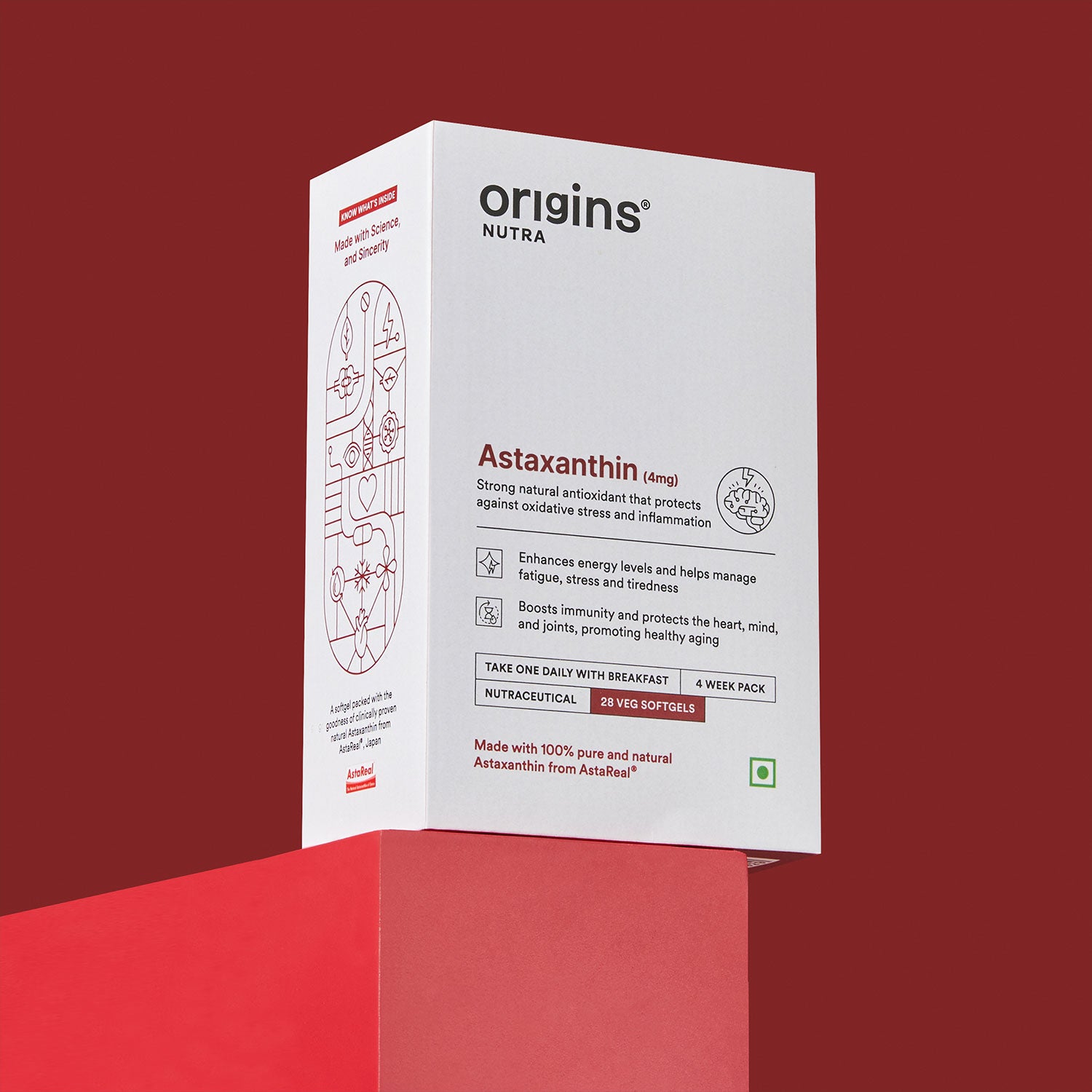
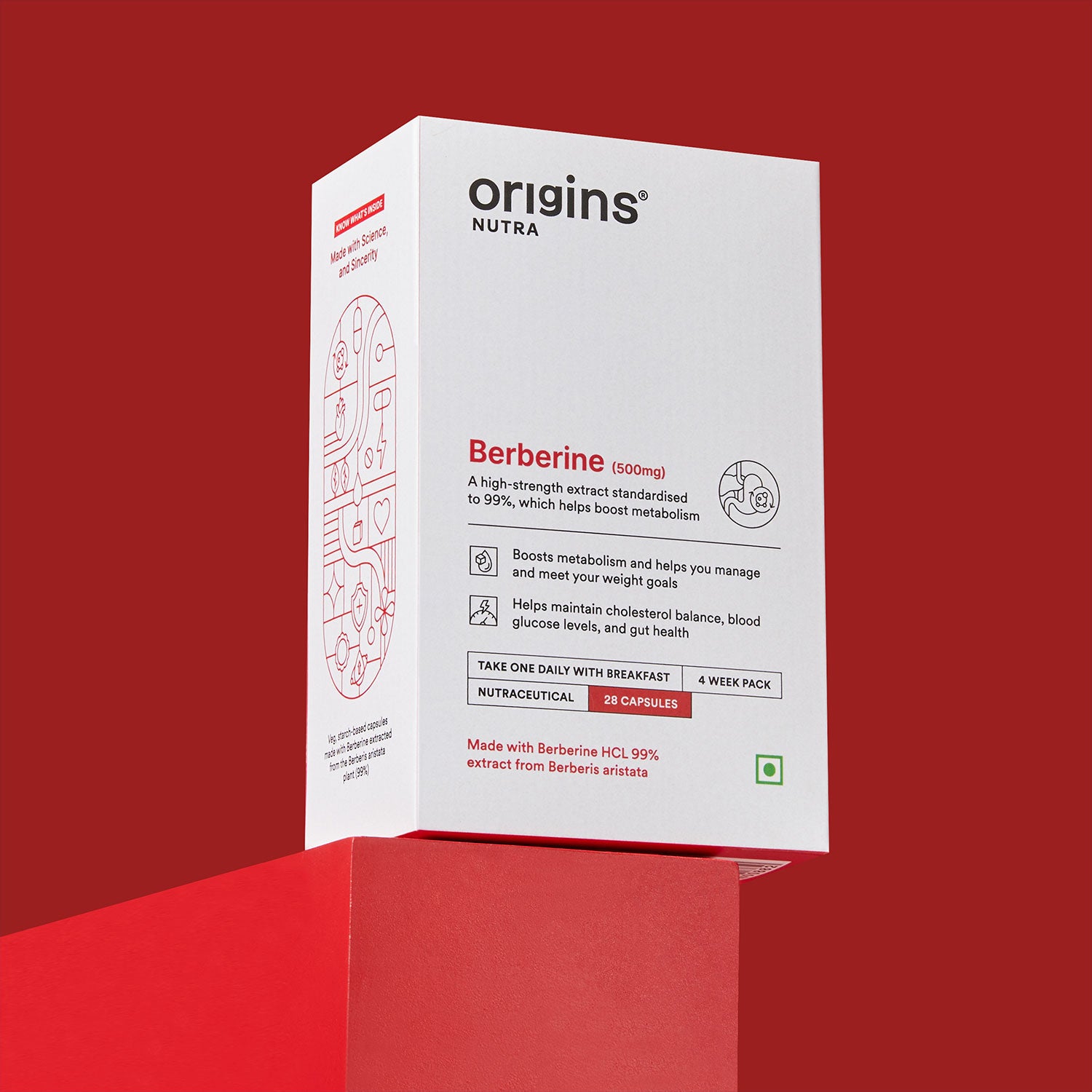
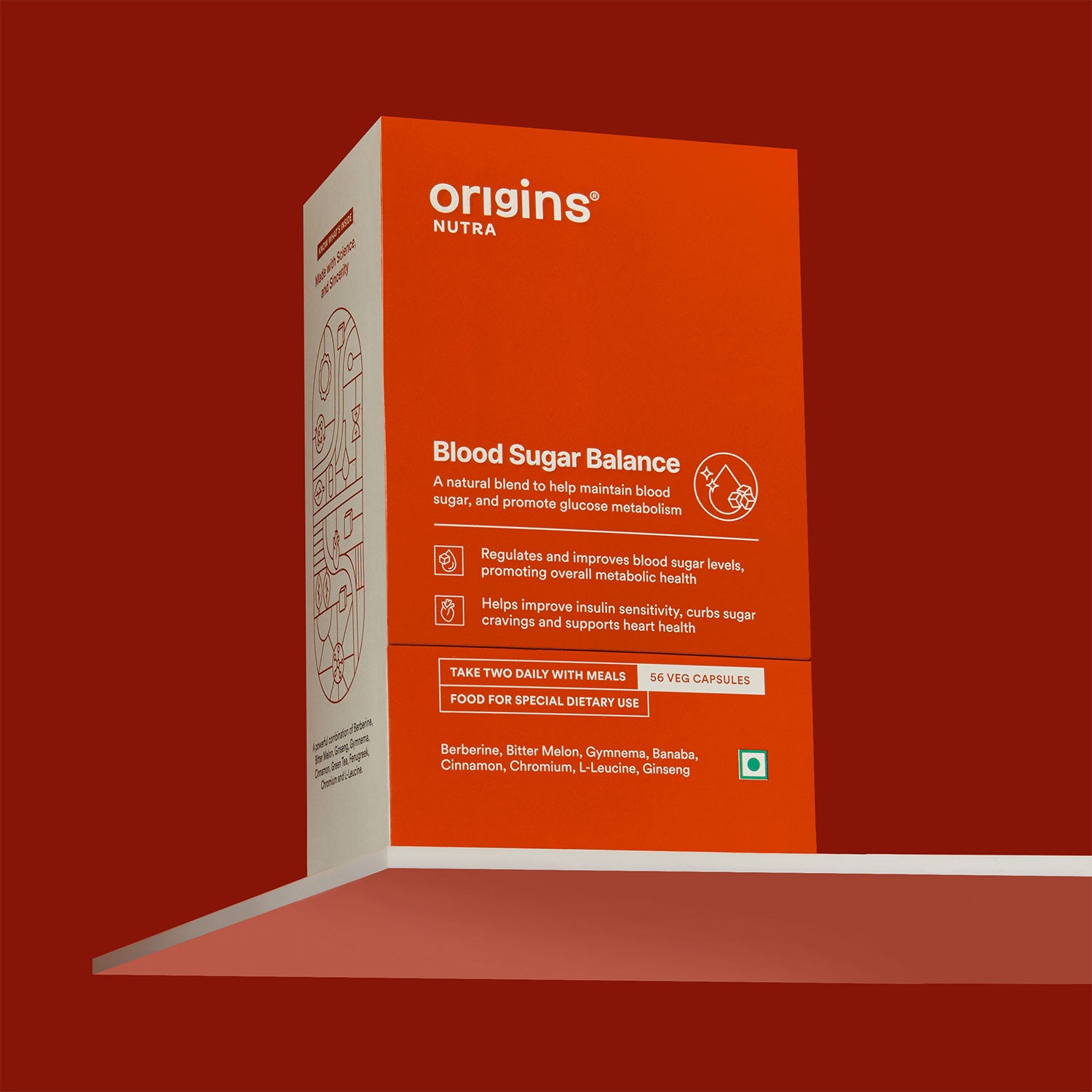
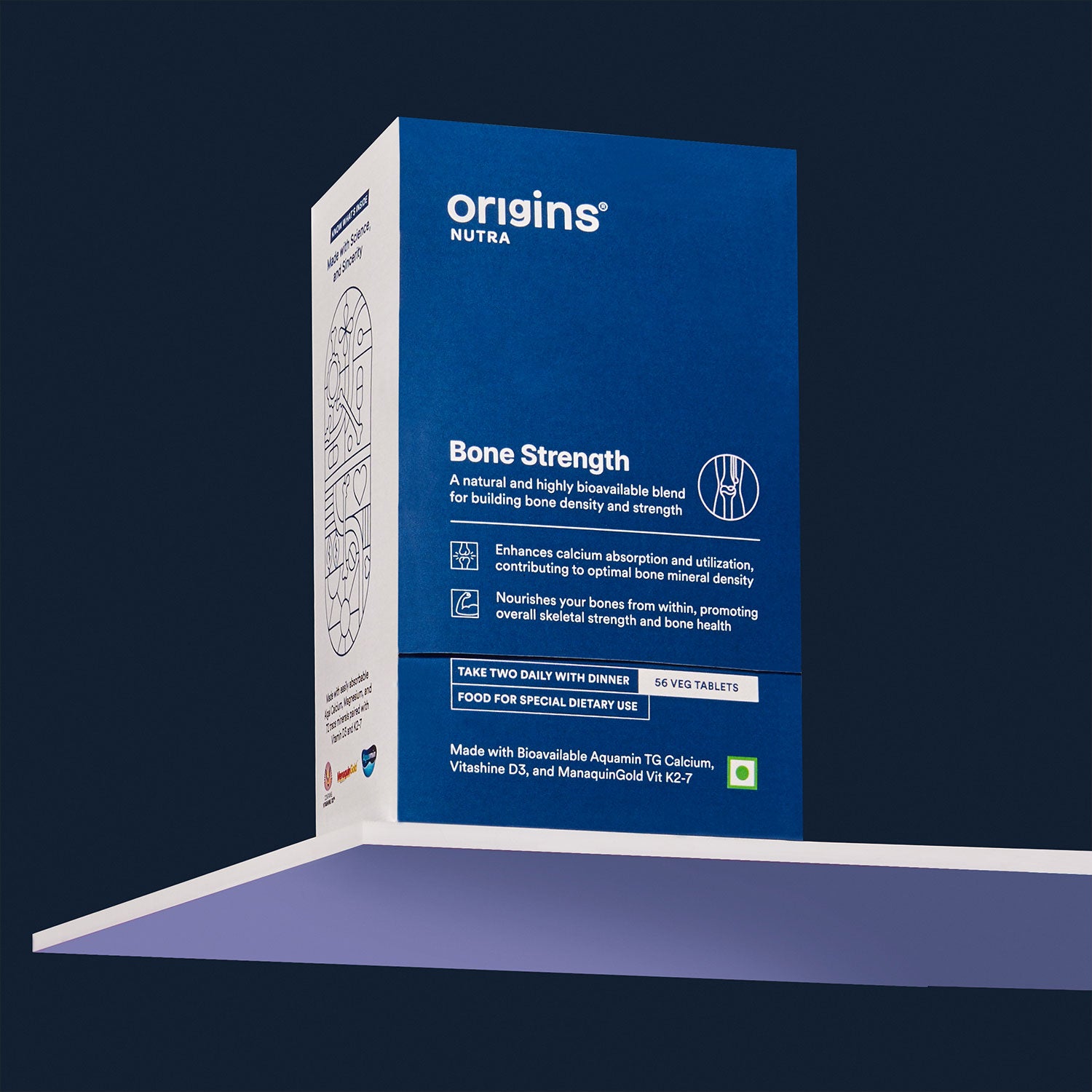
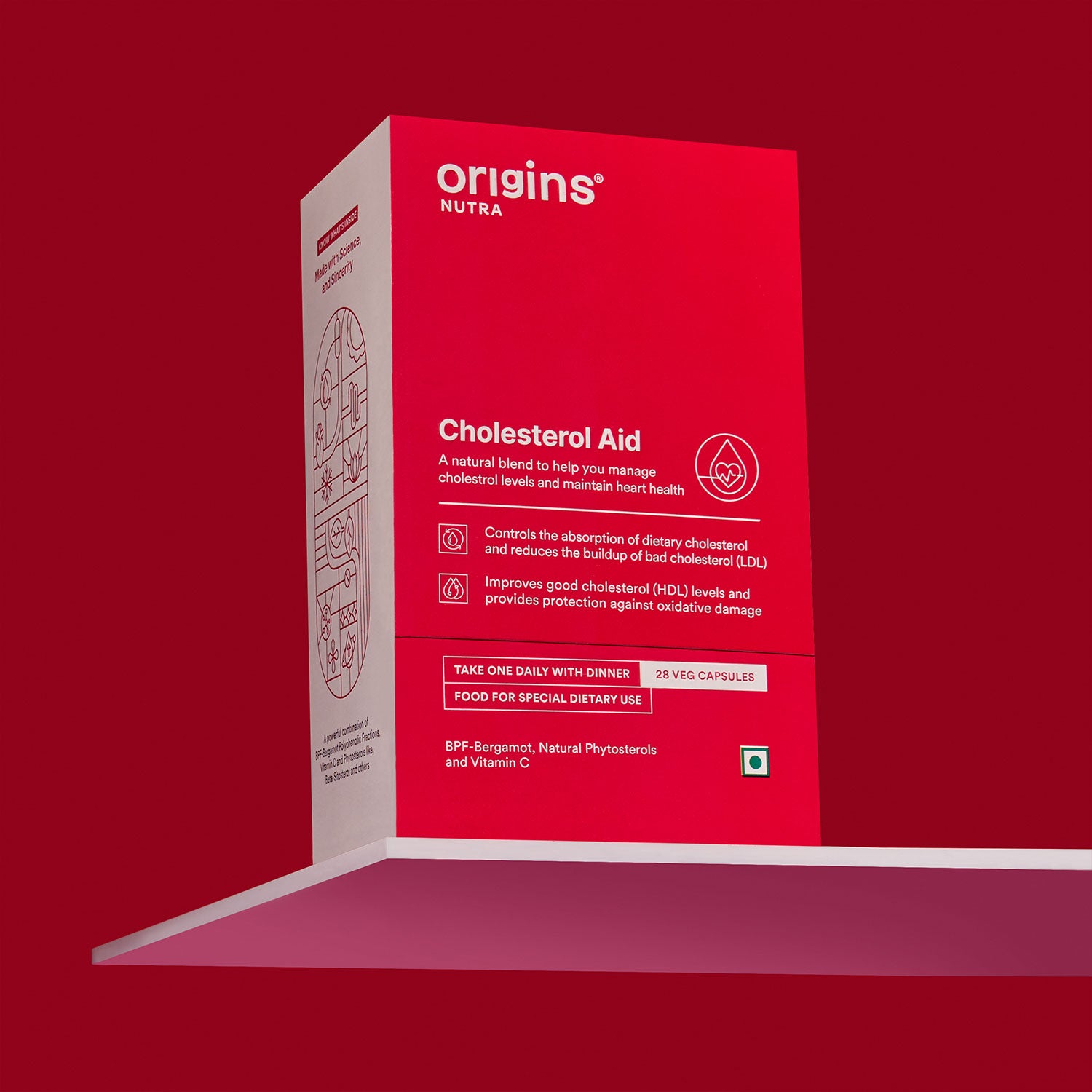
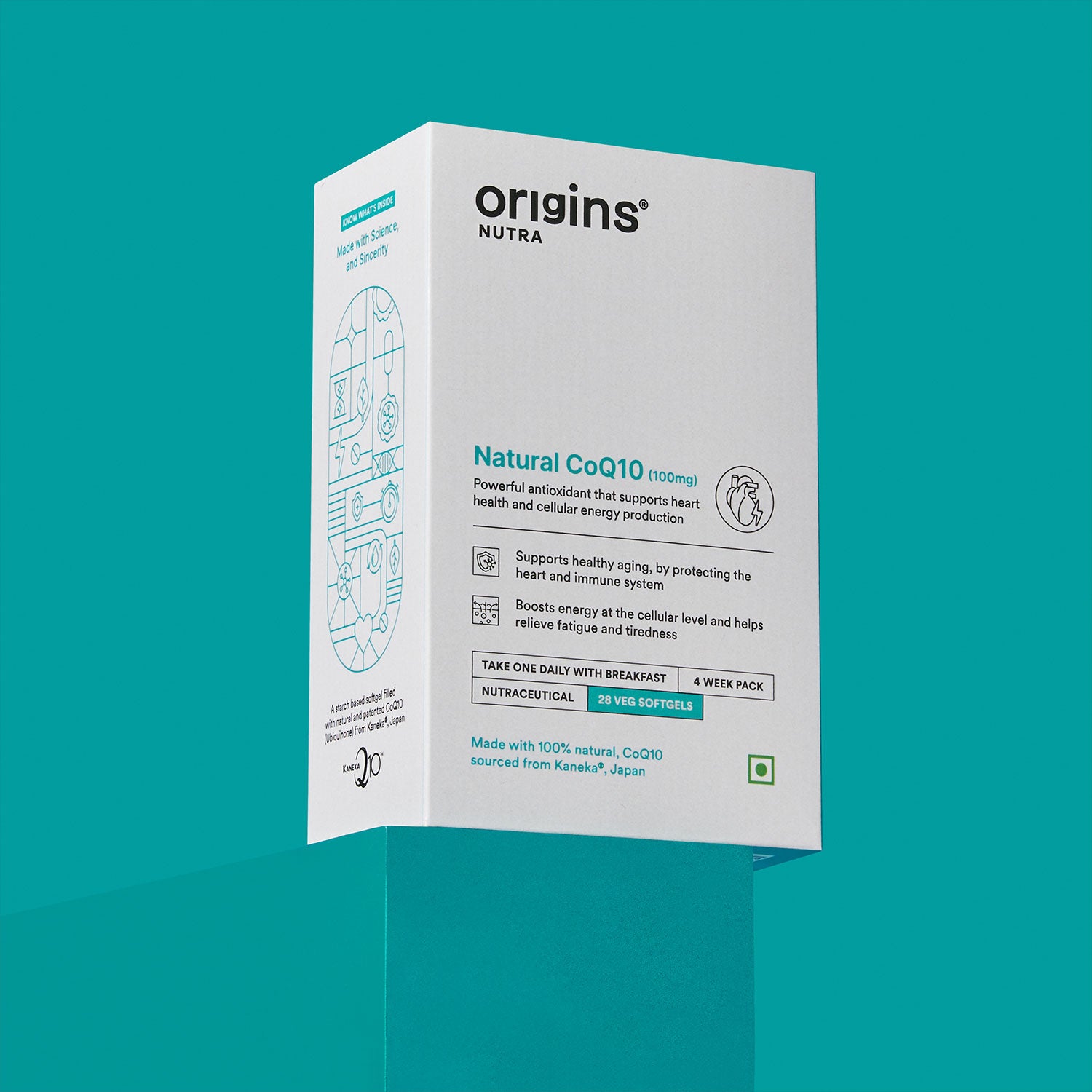
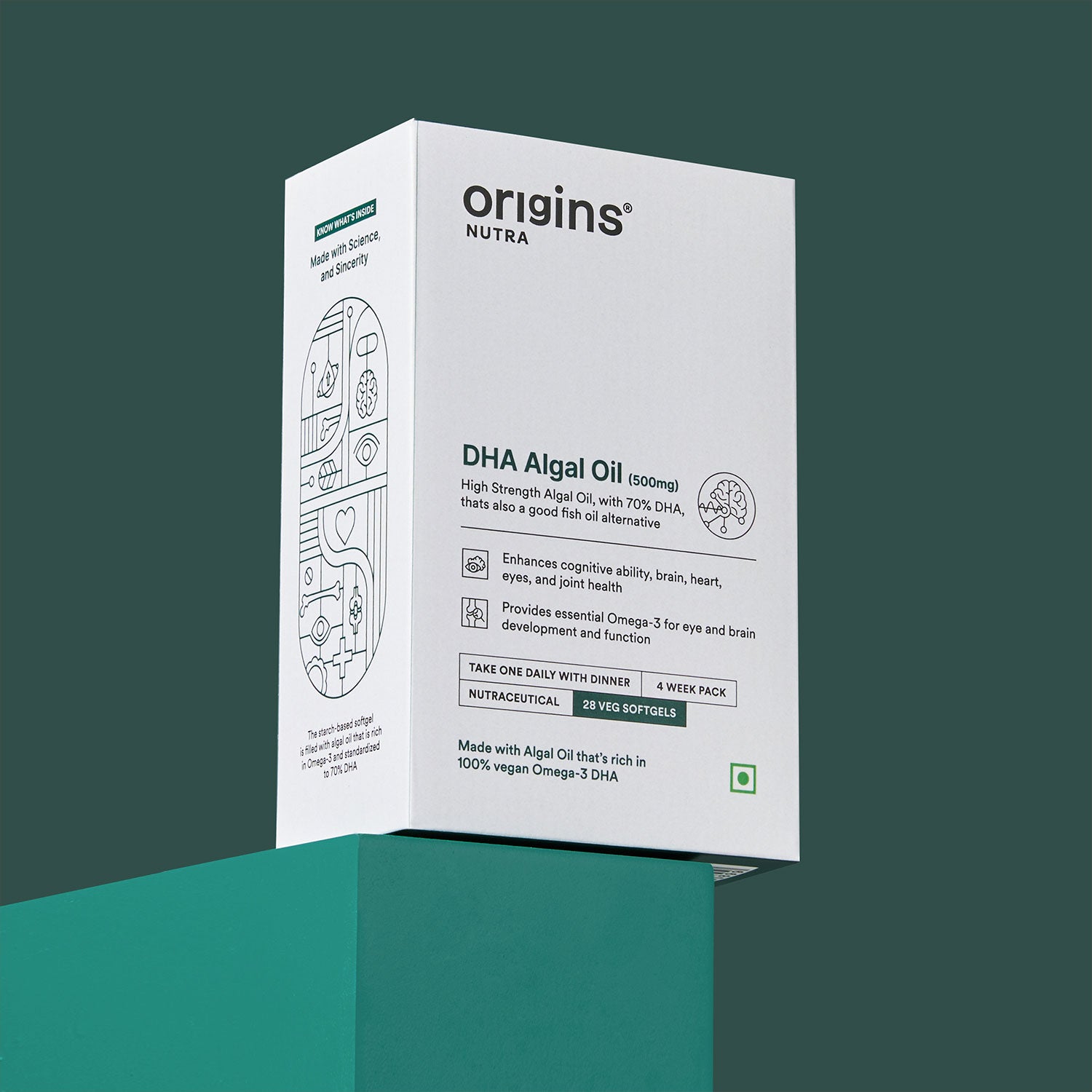
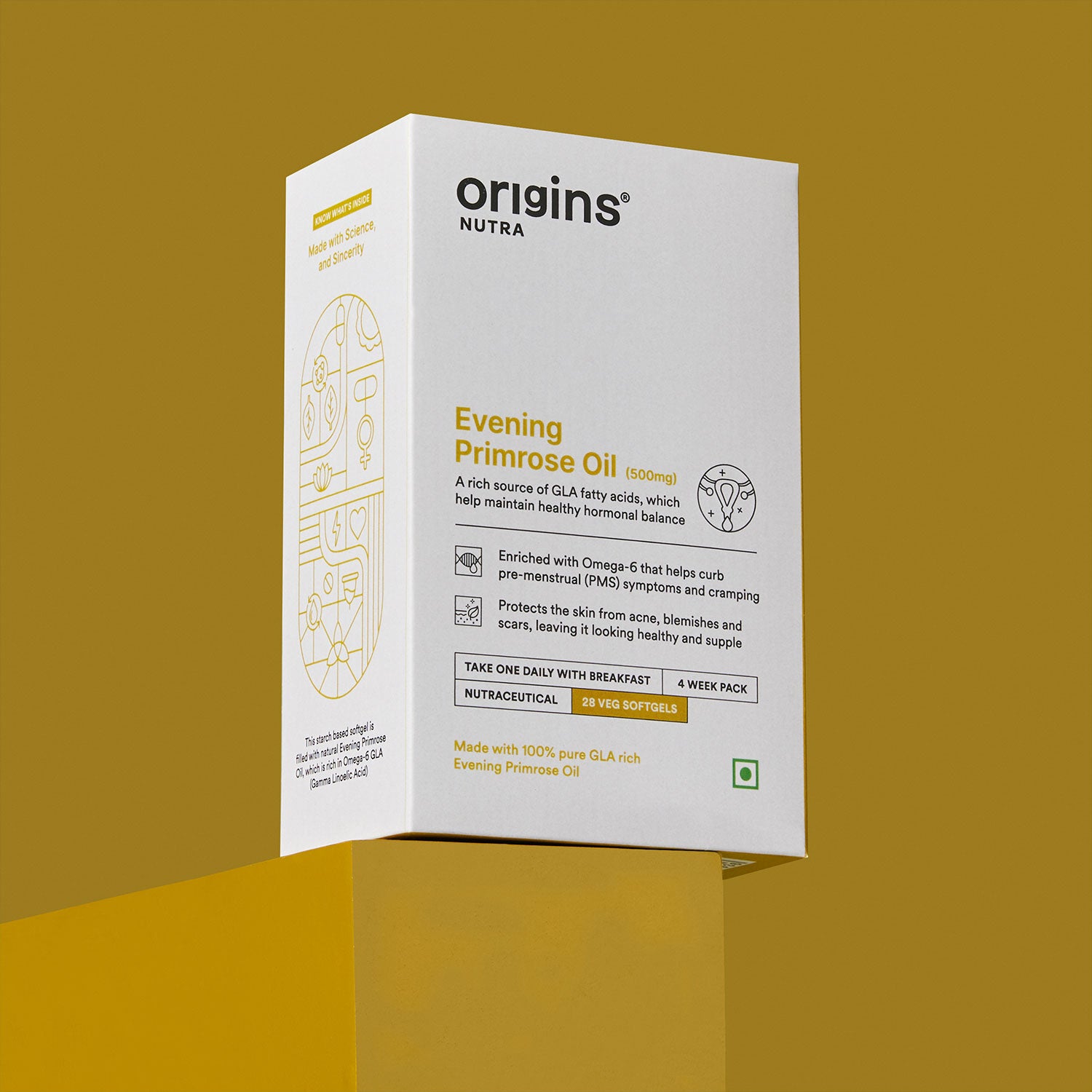
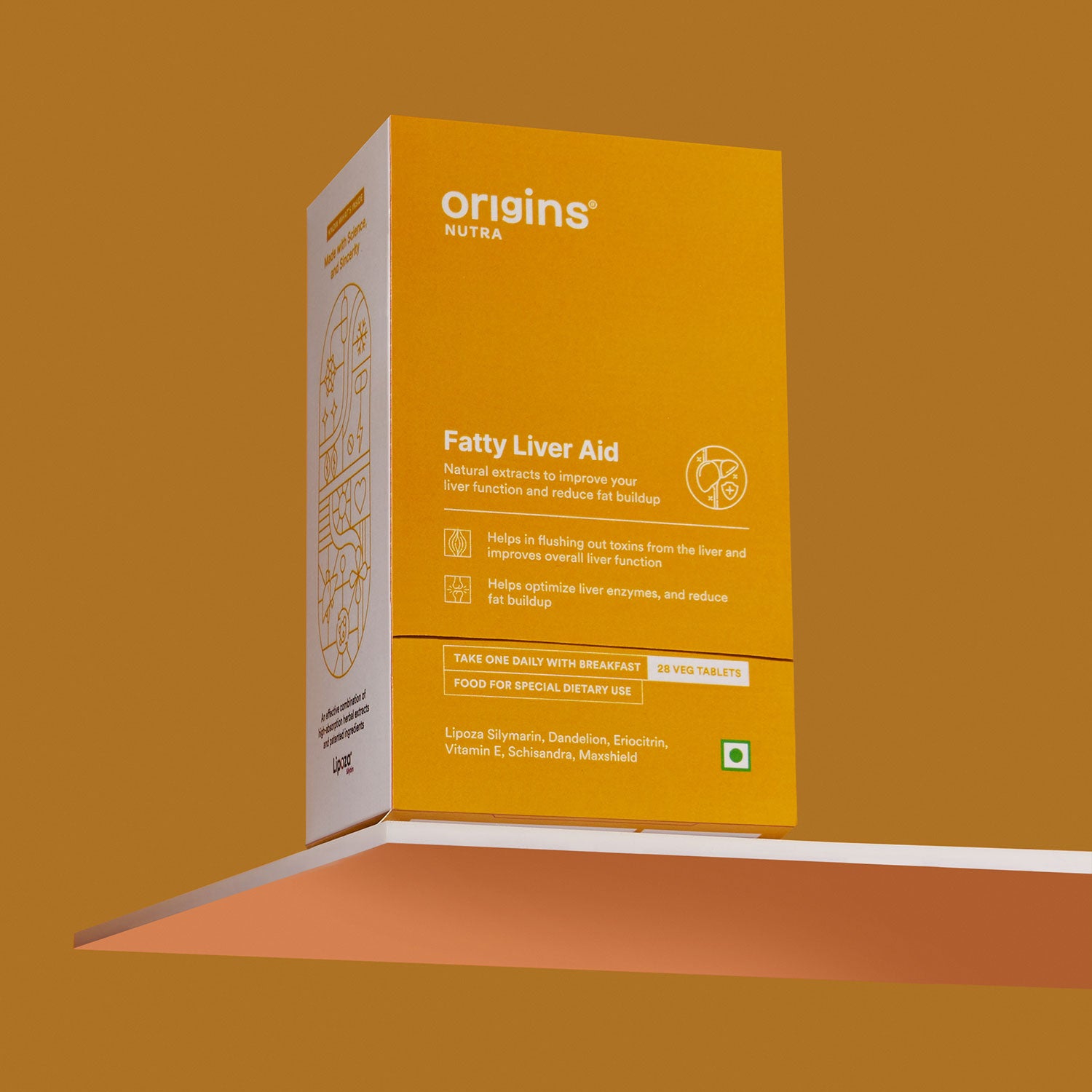
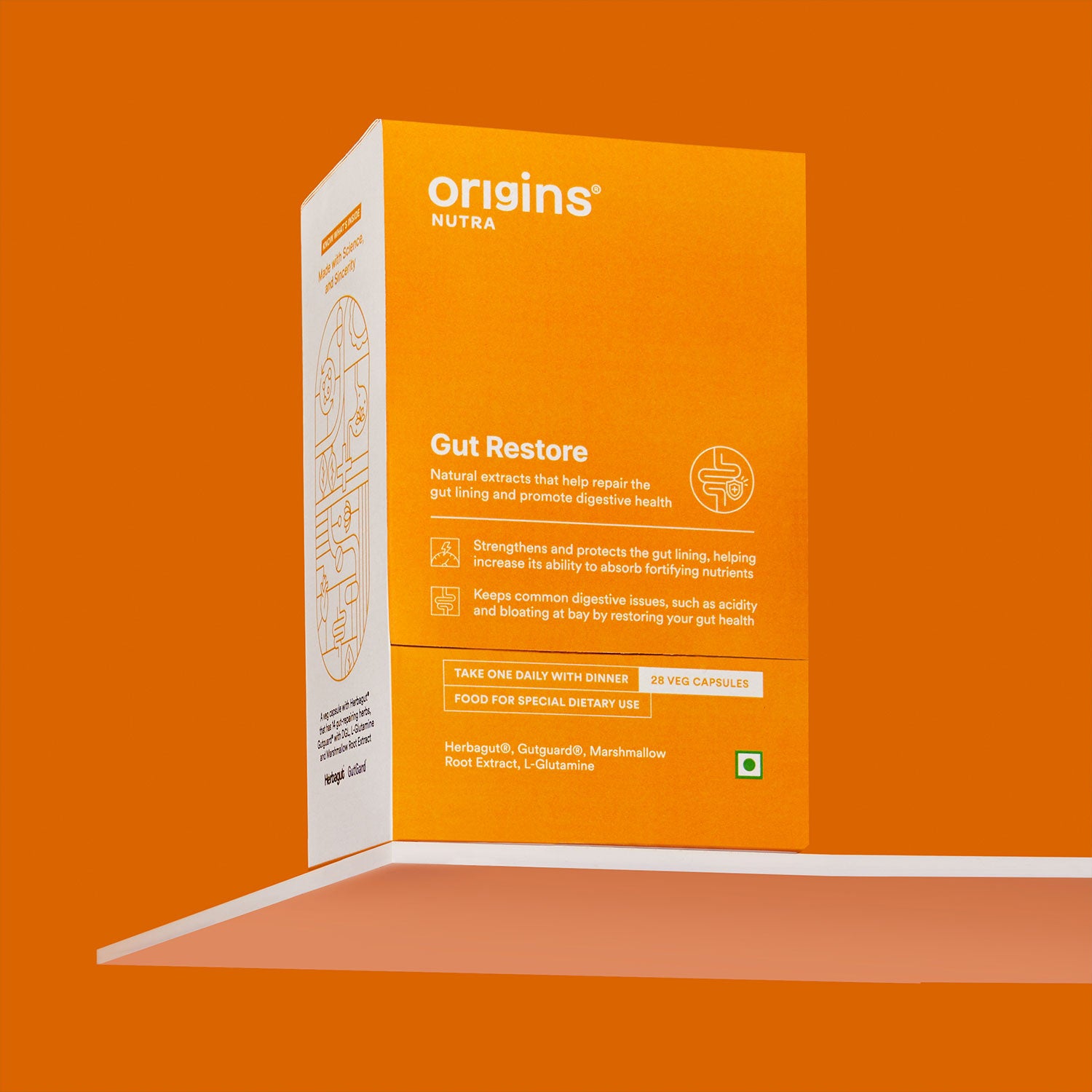
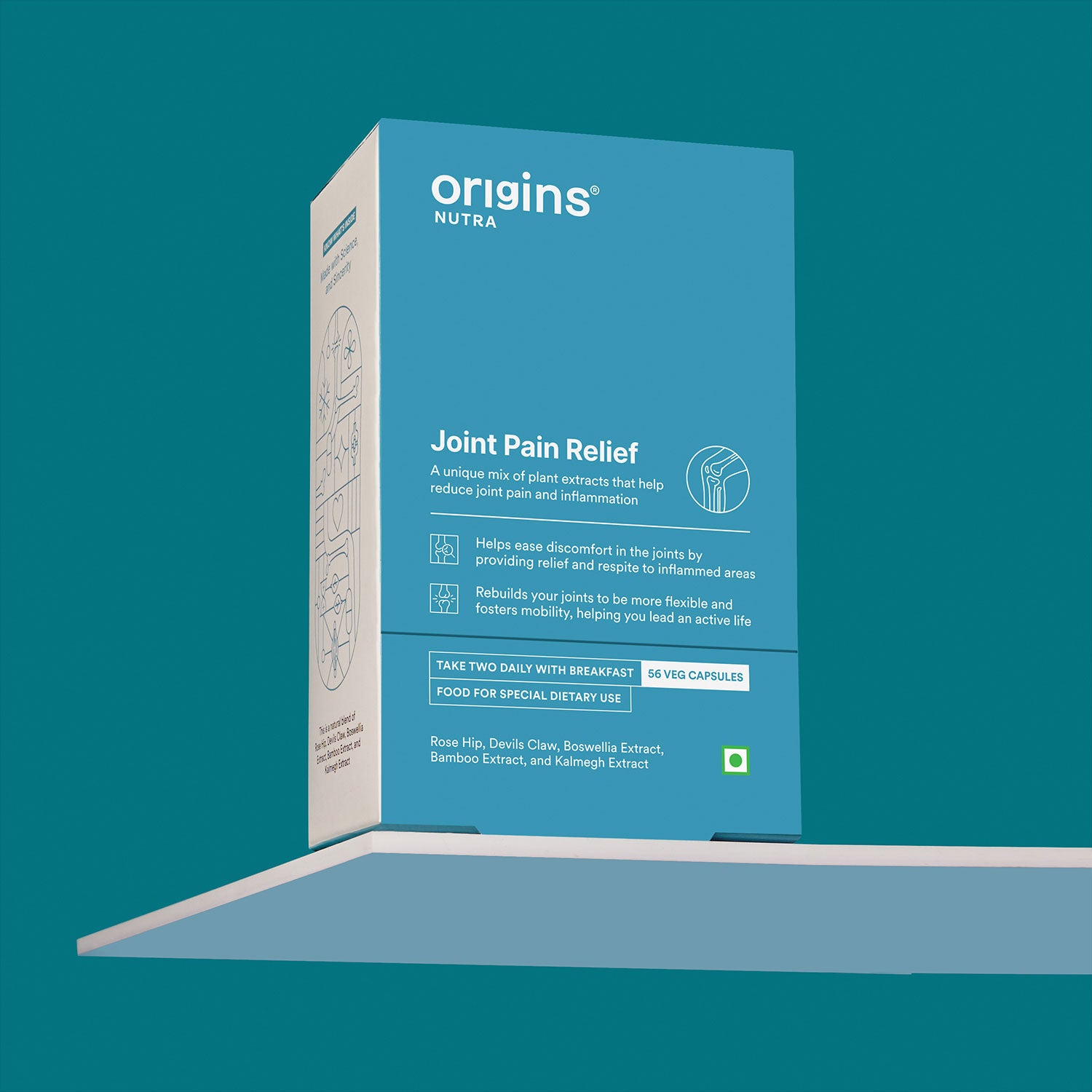
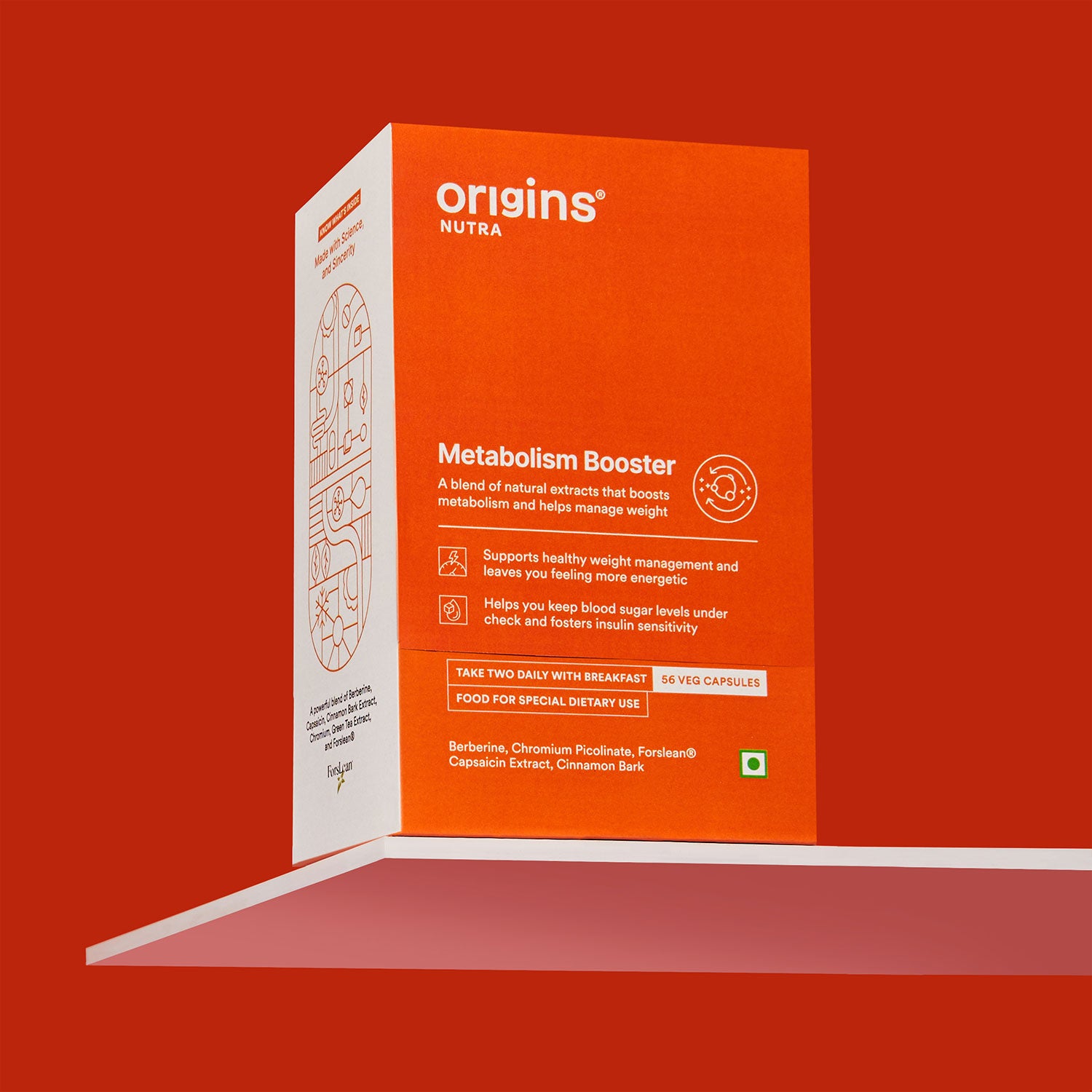
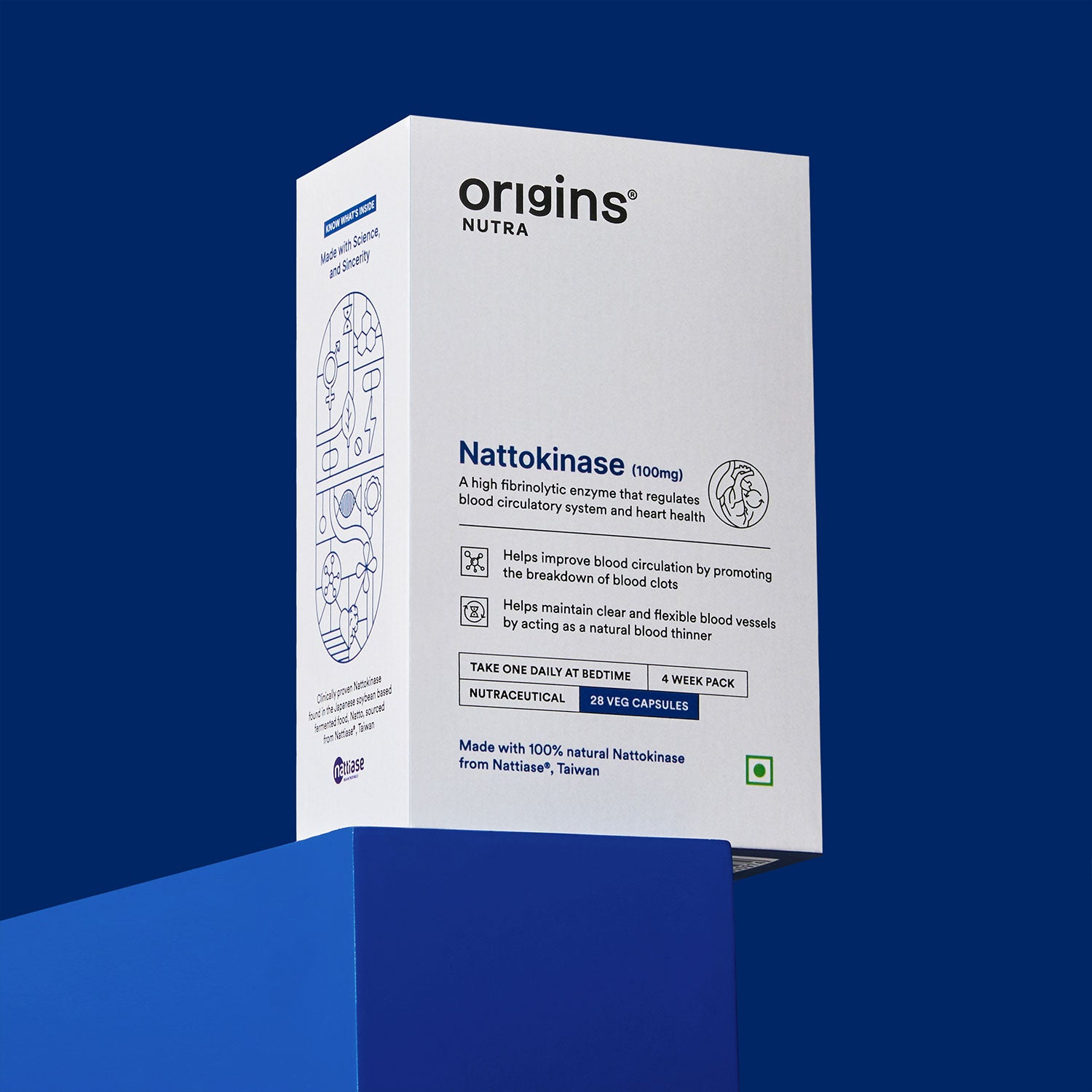
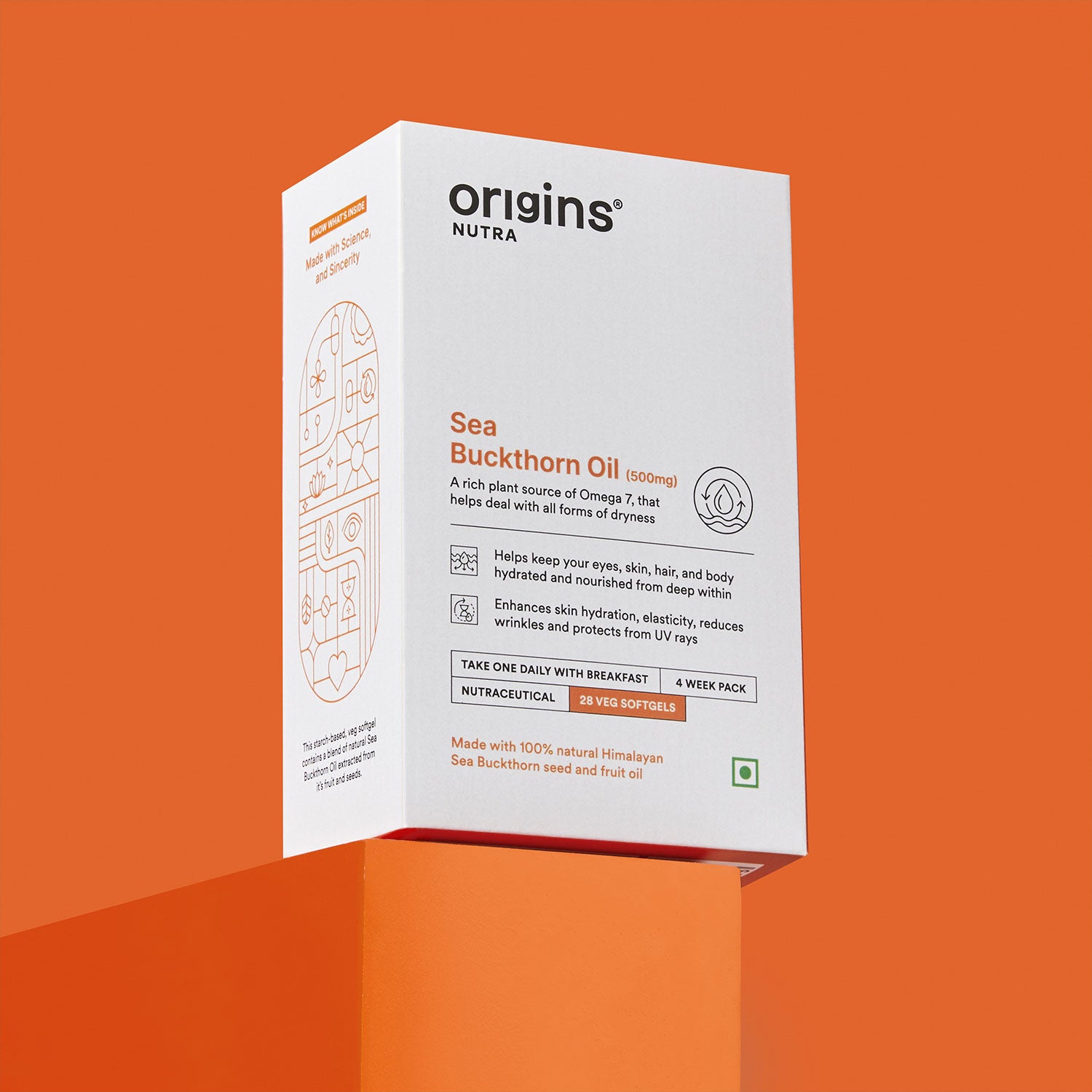
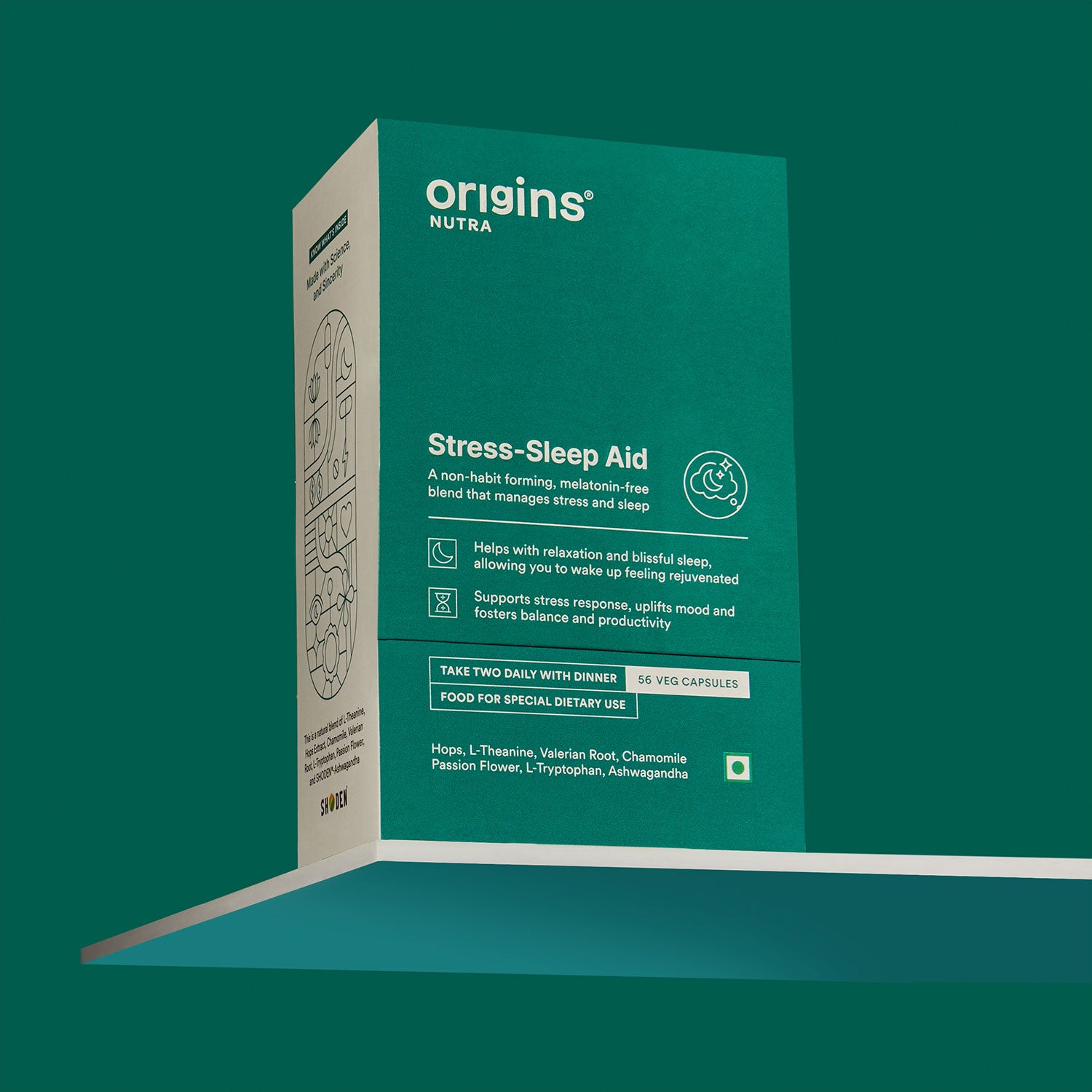
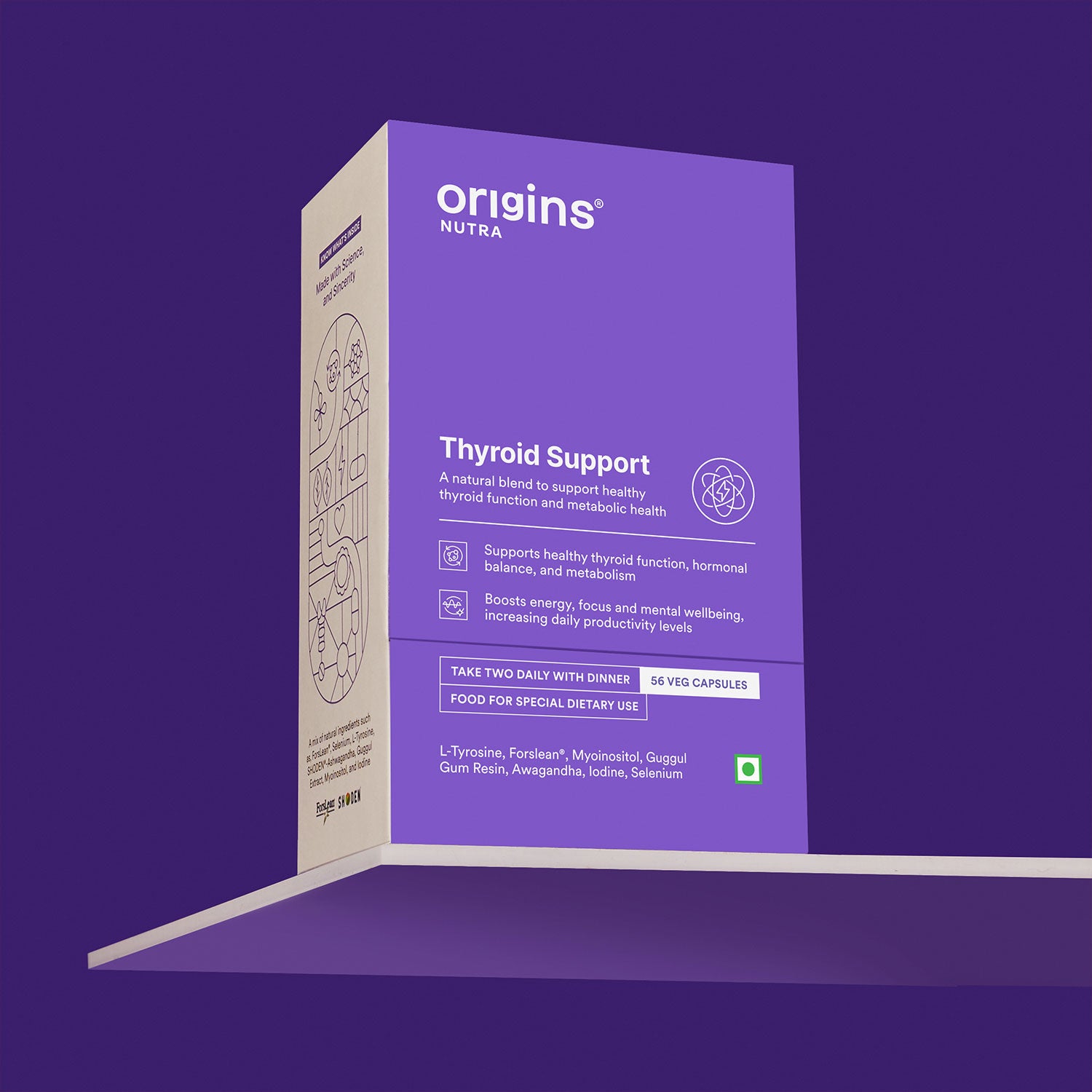
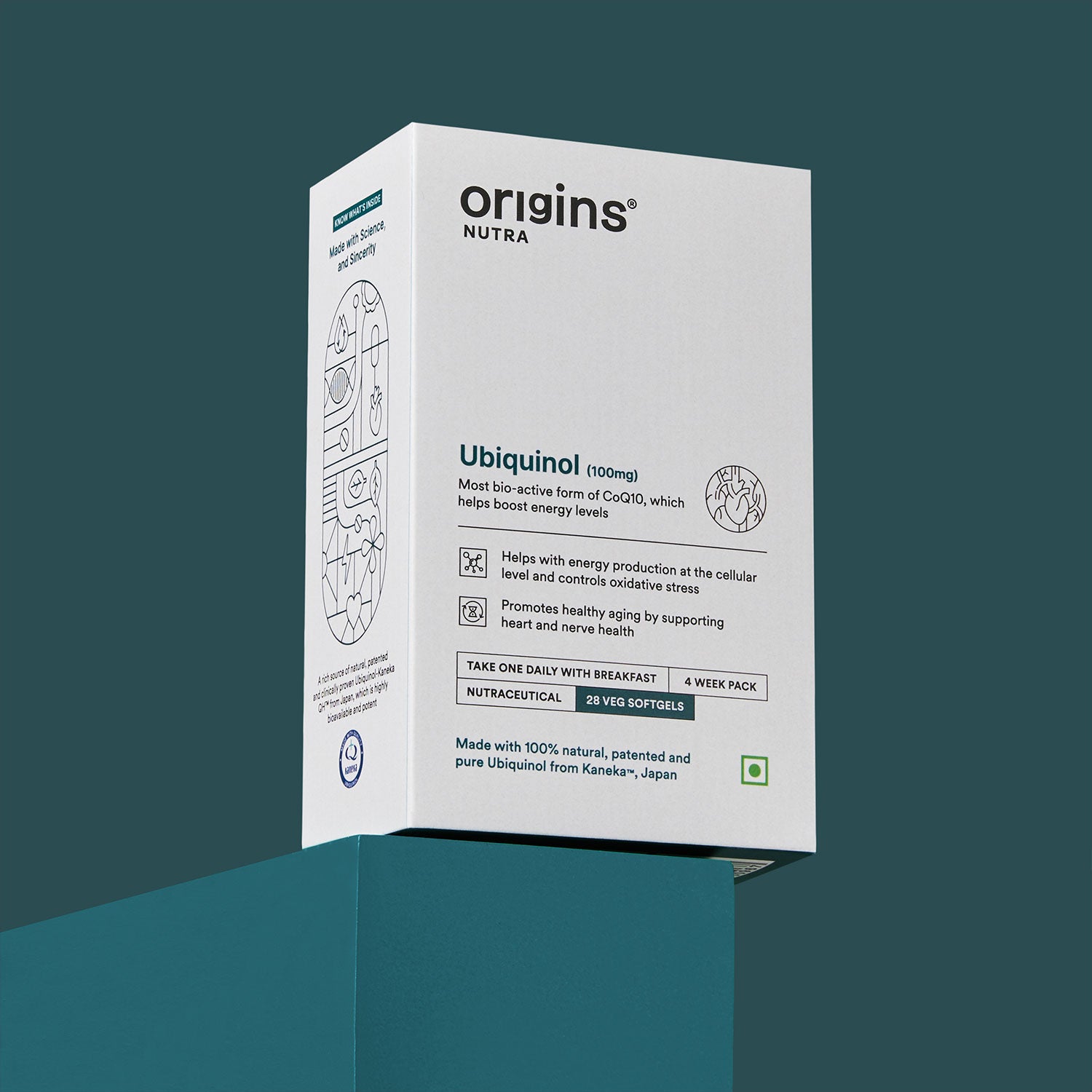

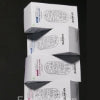



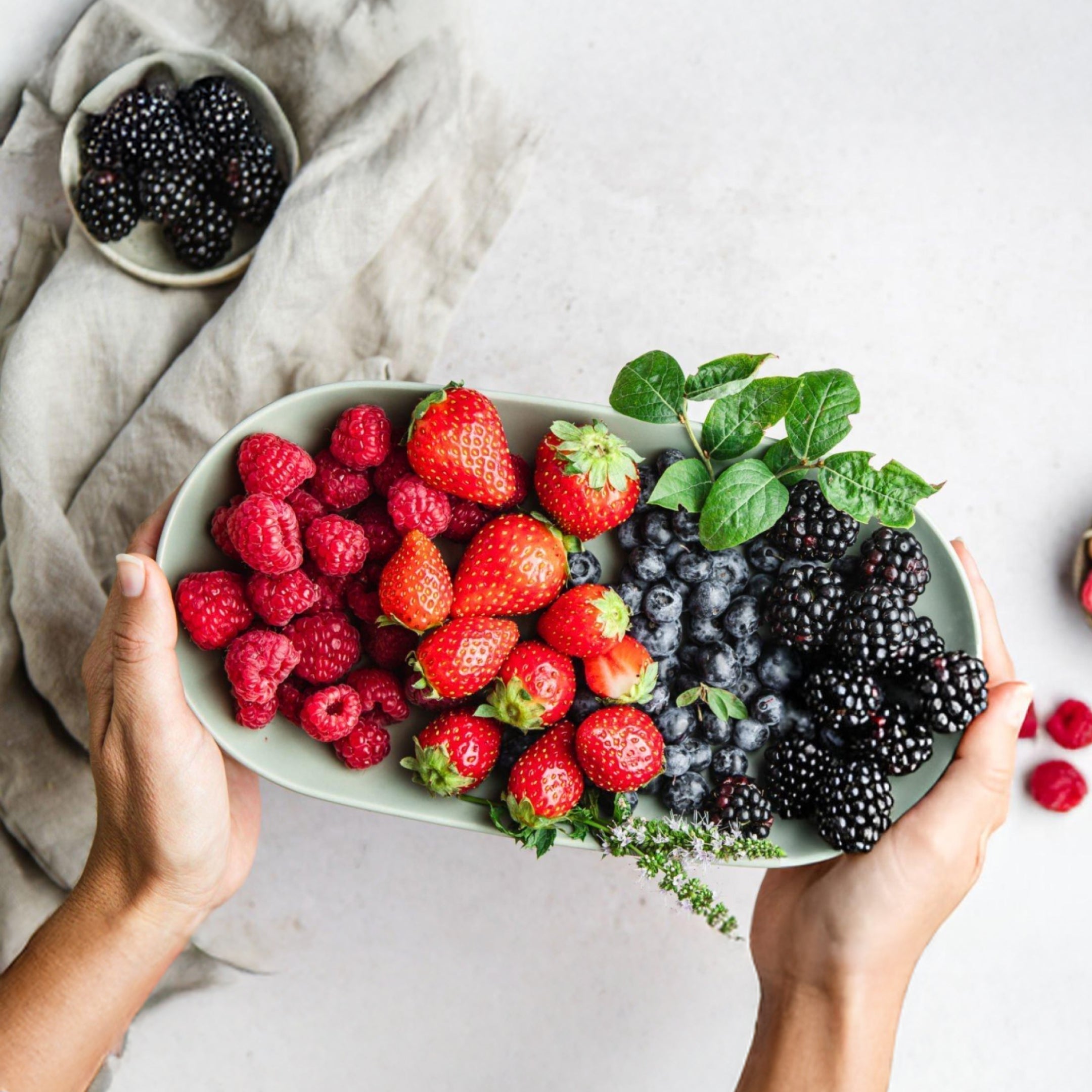

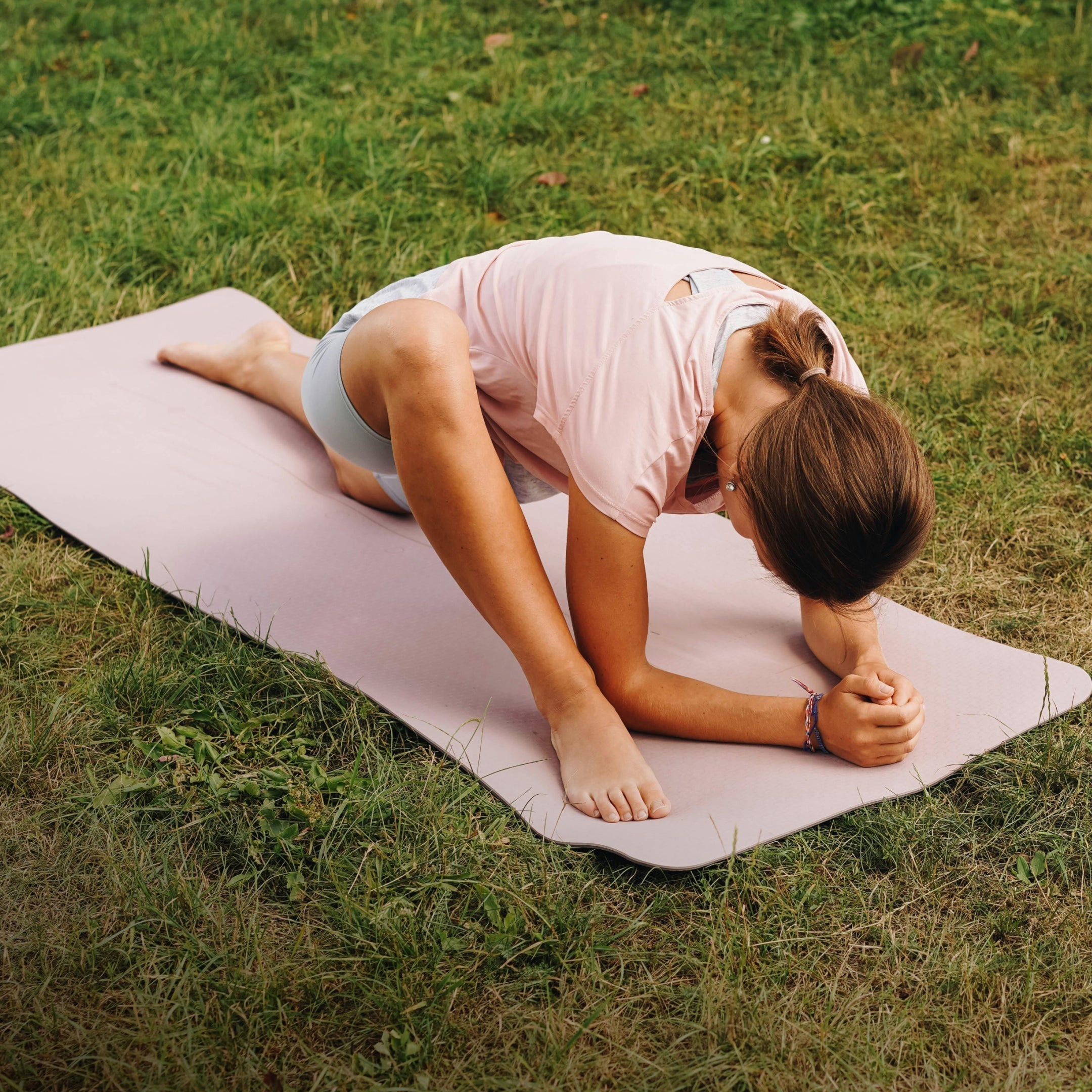
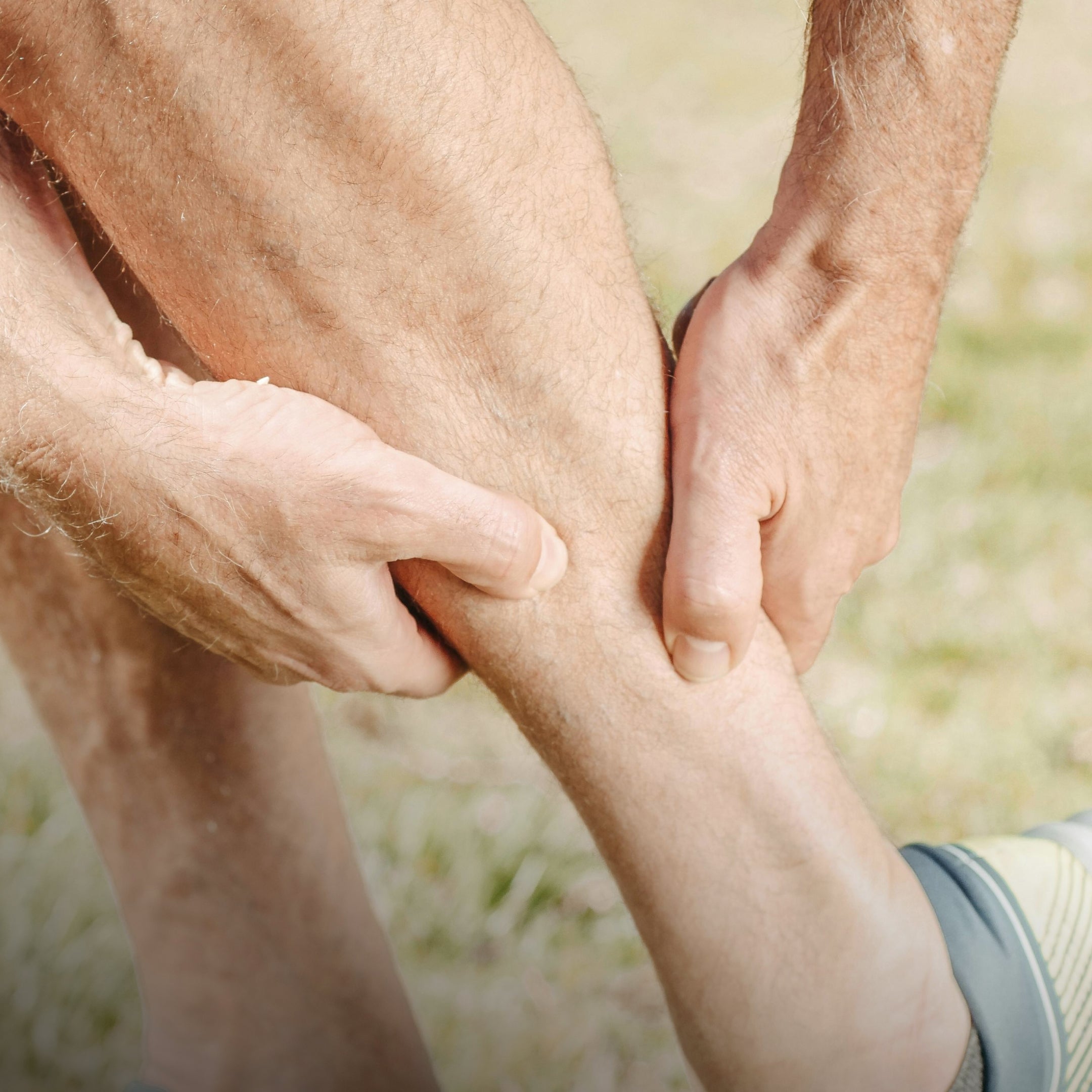
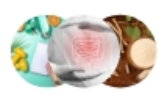
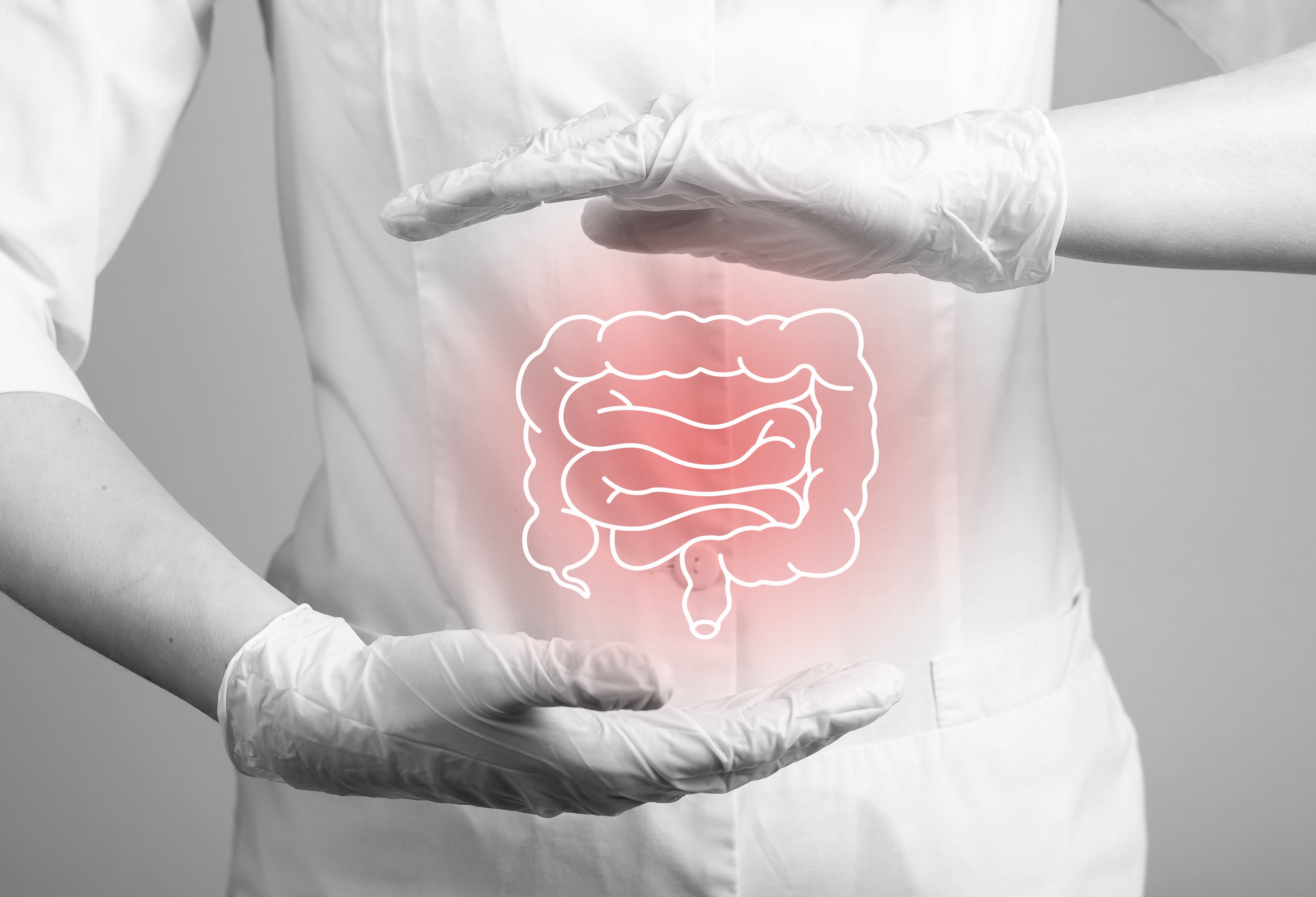
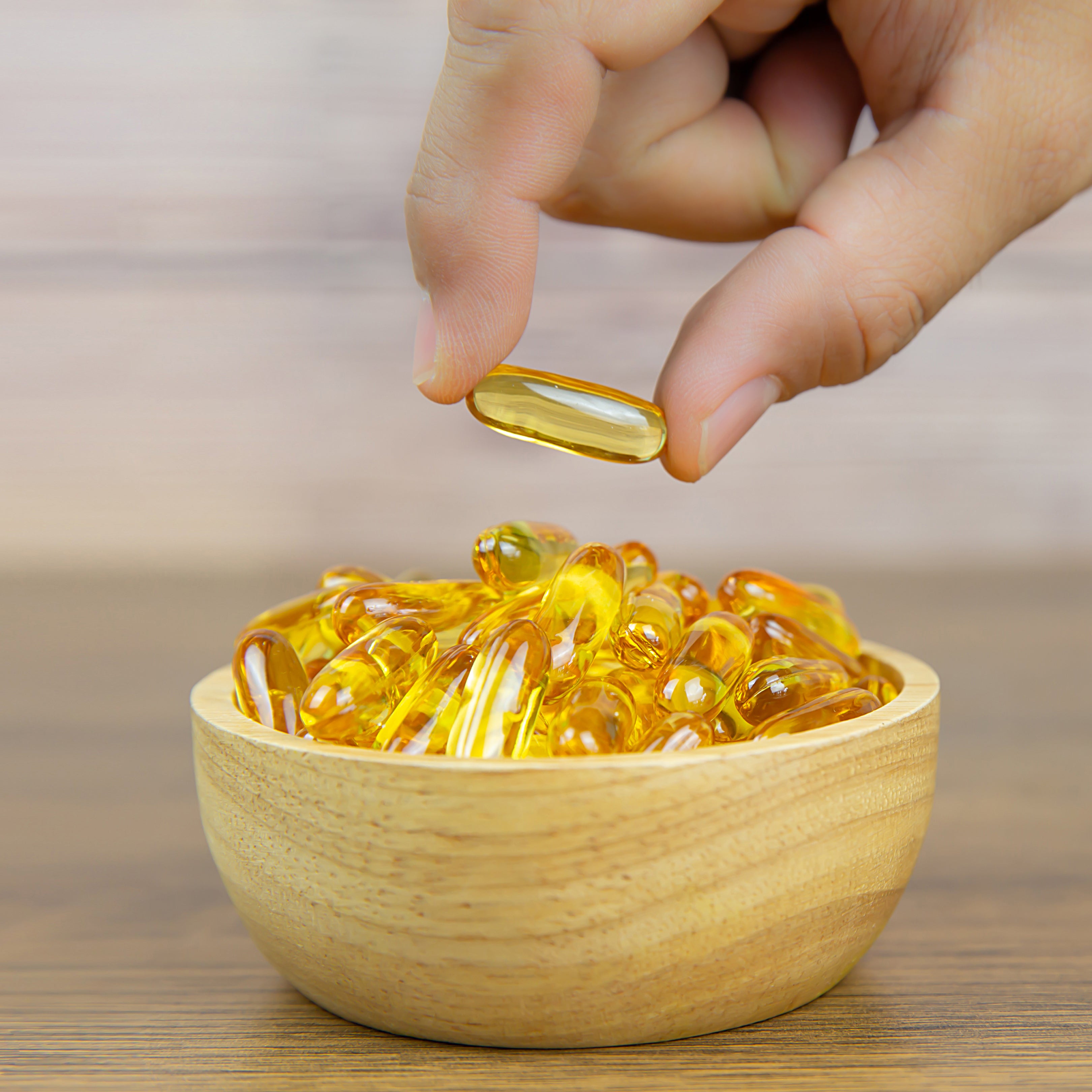
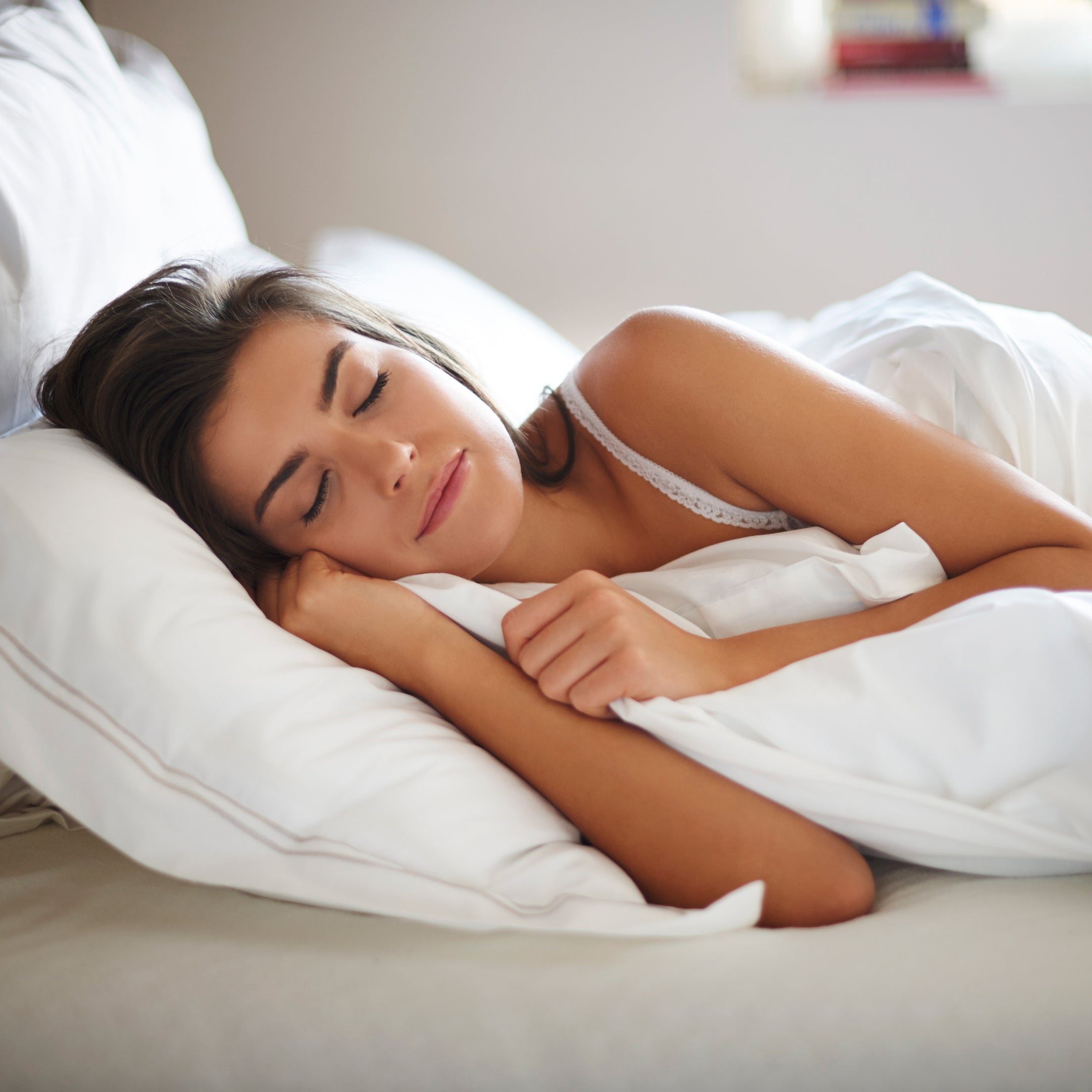

Fatiguing thc drinks has been somewhat the journey. As someone keen on usual remedies, delving into the to the max of hemp has been eye-opening. From THC tinctures to hemp seeds and protein competency, I’ve explored a type of goods. Teeth of the disarray neighbourhood hemp, researching and consulting experts have helped cross this burgeoning field. Entire, my undergo with hemp has been despotic, gift holistic well-being solutions and sustainable choices.
Leave a comment